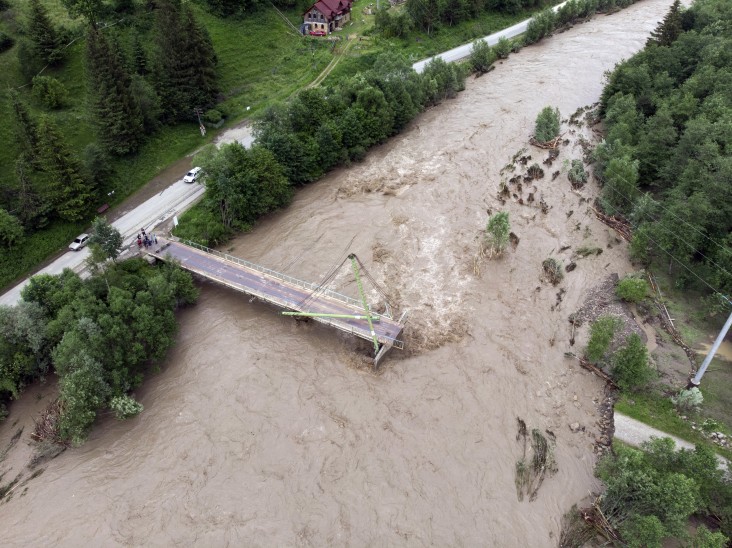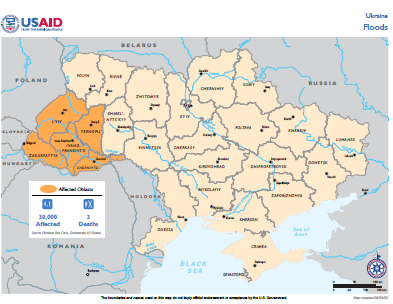- What We Do
- Agriculture and Food Security
- Democracy, Human Rights and Governance
- Economic Growth and Trade
- Education
- Environment and Global Climate Change
- Gender Equality and Women's Empowerment
- Global Health
- Humanitarian Assistance
- Transformation at USAID
- Water and Sanitation
- Working in Crises and Conflict
- U.S. Global Development Lab
Speeches Shim

Latest Ukraine Fact Sheet
view text version [pdf, 378kb]
06.26.20 - Ukraine Floods Disaster Declaration Map ![]() (pdf - 659k)
(pdf - 659k)
Key Developments
On November 26, the United Nations launched the 2021 Ukraine Humanitarian Response Plan, calling for $168 million to support conflict-affected populations in eastern Ukraine.
Confirmed cases of COVID-19 increased in October and November, straining Ukraine’s health care system and compounding existing humanitarian challenges.
COVID-19-related movement restrictions along the line of contact continue to impede civilian movement and humanitarian access in non-government controlled areas .
Background
Since March 2014, the conflict in eastern Ukraine has caused large-scale population displacement and widespread damage to infrastructure. The heaviest fighting has occurred in the easternmost oblasts bordering Russia, particularly Donetsk and Luhansk; however, the large influx of internally displaced persons has also affected neighboring oblasts. As of January 2020, the Government of Ukraine (GoU) estimates that 1.4 million people remain displaced as a result of the conflict. In addition, the UN estimates that 3.4 million people in eastern Ukraine require humanitarian assistance in 2020.
In addition, heavy rainfall in late June 2020 caused widespread flooding in western Ukraine, resulting in three deaths and adversely affecting an estimated 30,000 people, according to the GoU and the Ukrainian Red Cross Society. The floods caused significant damage to bridges, roads, and other infrastructure and affected a total of more than 14,000 houses, according to the GoU.


Comment
Make a general inquiry or suggest an improvement.